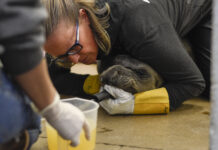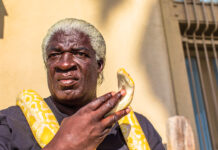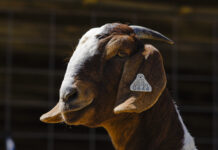Napur Kumar is 23 years old, and is considering settling down. She has tried online dating, but says, “Sometimes I would come across men that would use me to the advantage of getting a green card, and it was just weird.”
Nupur is willing to let her mother, Vandana Kumar, do some of the searching for her.
If she goes that route, she’ll be following an ancient Indian practice.
Arranged marriages have been part of the Indian culture since the fourth century. It began as a way of uniting and maintaining upper caste families. Eventually, the system spread to the lower caste, according to a report written by Santana Flanigan, published in 2000 by Emory University.
Vandana’s arranged marriage is an unusual one. She fell in love with her partner, but still had the same arrangements from both sides of the families.
“My husband and I were pen pals before before we actually got married, and when we first met the connection was so strong, I knew I liked him a lot,” Vandana says. She and her husband have been married for more than 23 years.
Napur’s father did not approve of a love match at first, but eventually accepted it.
“My mother did not mind as much, but said if I was to become unhappy, it would be my own fault,” she says.



